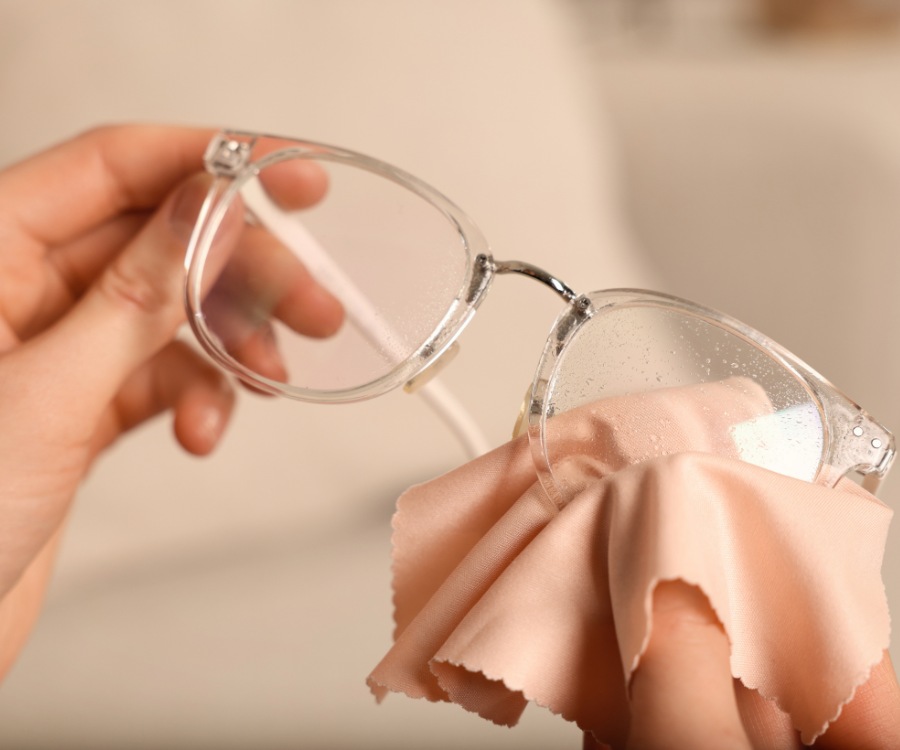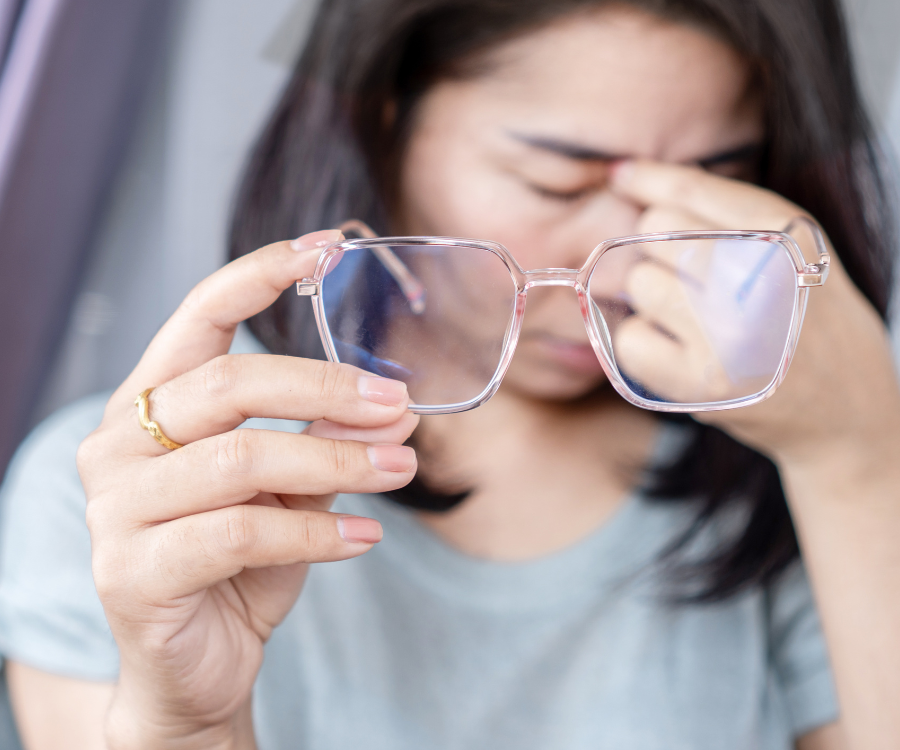Clear Vision Starts Here: The Ultimate Guide to Cleaning and Caring for Your Lenses
Your camera lenses are the eyes of your photography, and keeping them spotless is non-negotiable for capturing crisp, high-quality images. Dust, fingerprints, and smudges can easily degrade your picture quality. But cleaning your valuable optics requires more than just a quick wipe.
To ensure your lenses perform flawlessly for years, you need a safe, systematic approach to lens maintenance and cleaning. This comprehensive, keyword-optimized guide will walk you through the essential steps and best practices for proper lens care.
Why Proper Lens Cleaning Matters (And Why You Should Never Use Your T-Shirt!)
We’ve all been there: a visible smudge appears, and the fastest solution seems to be a quick breath and a swipe of your shirt. Stop!
Your lenses are coated with delicate anti-reflective layers designed to maximize light transmission and reduce flares. Using improper materials like shirt fabric, paper towels, or strong chemicals can permanently scratch these coatings or the glass itself. Correct lens cleaning and lens protection preserve both your image quality and the resale value of your gear.
Your Essential Lens Cleaning Kit
Before you start, gather the right tools. Investing in a dedicated lens cleaning kit is the first step in responsible camera ownership.
Step-by-Step Guide to Safely Cleaning Your Lens
Follow this simple, three-stage process to ensure a scratch-free, clear result every time.
Phase 1: Removing Loose Debris (Crucial First Step)
This is the most critical stage. NEVER rub or wipe a dry lens before completing this step. Any particle on the surface can be ground into the glass.
- Use the Air Blower: Hold your lens facing slightly downward. Using your air blower (a squeeze-bulb type, not compressed air from a can—which can push moisture or propellant into your lens), gently but firmly blast the front and rear elements. The downward angle helps gravity pull the dust away.
- Use the Lens Brush: If dust remains, gently use the soft lens brush to sweep the particles away. Apply virtually no pressure. The goal is to lightly flick the debris off the surface.
Phase 2: Tackling Fingerprints and Smudges
If your lens is now dust-free but still has oily marks like fingerprints, it’s time for a wet clean.
- Apply Solution to Cloth: Dampen a clean microfiber cloth or dedicated lens cleaning tissue with a few drops of your lens cleaning fluid. Crucially, never spray the solution directly onto the glass. This prevents liquid from seeping into the lens barrel’s edges, which can cause internal damage.
- Wipe Gently: Start at the center of the lens and wipe in a gentle, circular motion, working your way outward to the rim. Use light pressure.
- Use a Dry Spot: Use a fresh, dry section of the microfiber cloth to buff the surface until it’s streak-free.
Phase 3: Inspect and Protect
Hold the lens up to a bright light and inspect it closely for any remaining streaks or particles. Repeat the process if necessary. Once clean, immediately place the lens caps (front and rear) back on to protect the glass from new dust and accidental bumps.
Long-Term Lens Care and Protection Tips
Cleaning is only part of the battle. Proper lens care also involves how you handle and store your gear.
- Filter Up: Consider using a high-quality UV filter or clear protective filter on the front of your lens. It acts as a sacrificial layer against scratches, dust, and moisture. Cleaning a $50 filter is much better than cleaning a $1000 lens element.
- Use Lens Hoods: A lens hood not only blocks flare but also provides a physical bumper, protecting the front element from accidental bumps and splashes.
- Store Properly: Always store your camera lenses in a dedicated, padded camera bag when not in use. Use desiccant packs (like silica gel) in your bag if you live in a humid environment to prevent lens fungus and moisture damage.
- Change Lenses in a Clean Space: When swapping lenses, do it in a sheltered, low-dust environment, ideally with the camera body facing slightly downward to minimize the chance of dust entering the camera sensor or the rear element of the lens.
- Don’t Over-Clean: Only clean your lens when a visible smudge or speck is actually affecting your image. Excessive cleaning, even with the right tools, increases the risk of damage over time.




